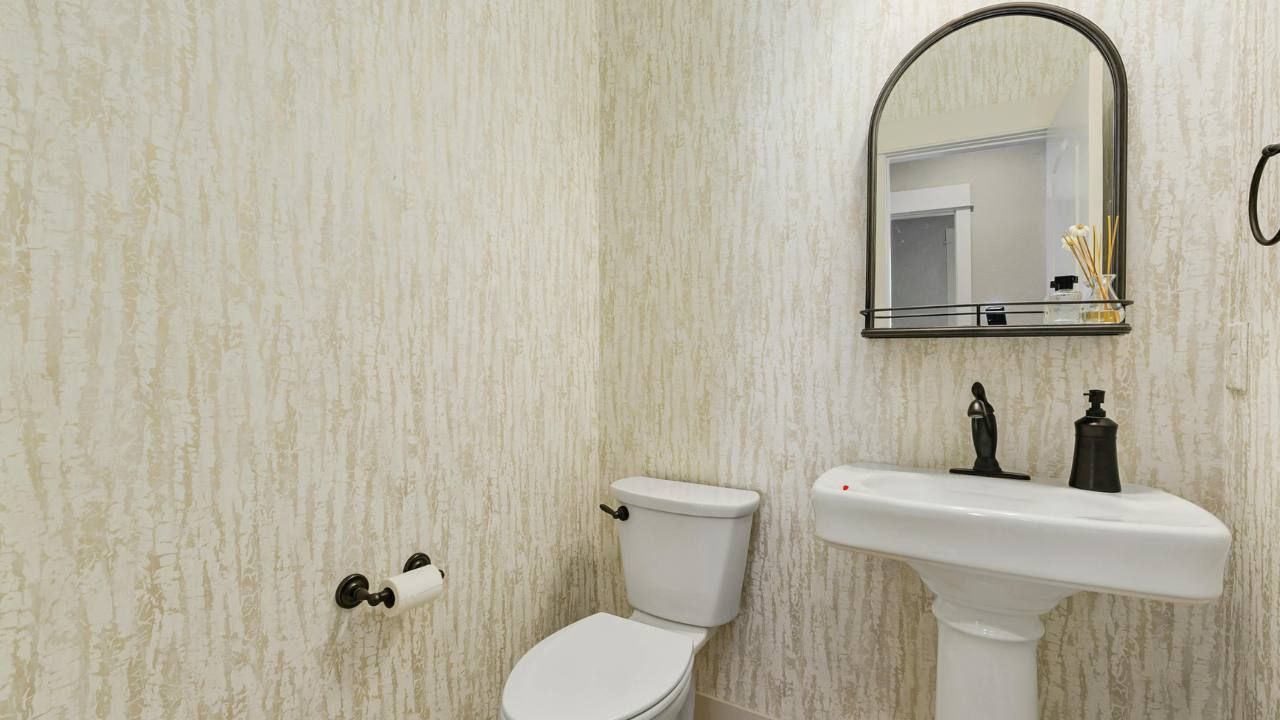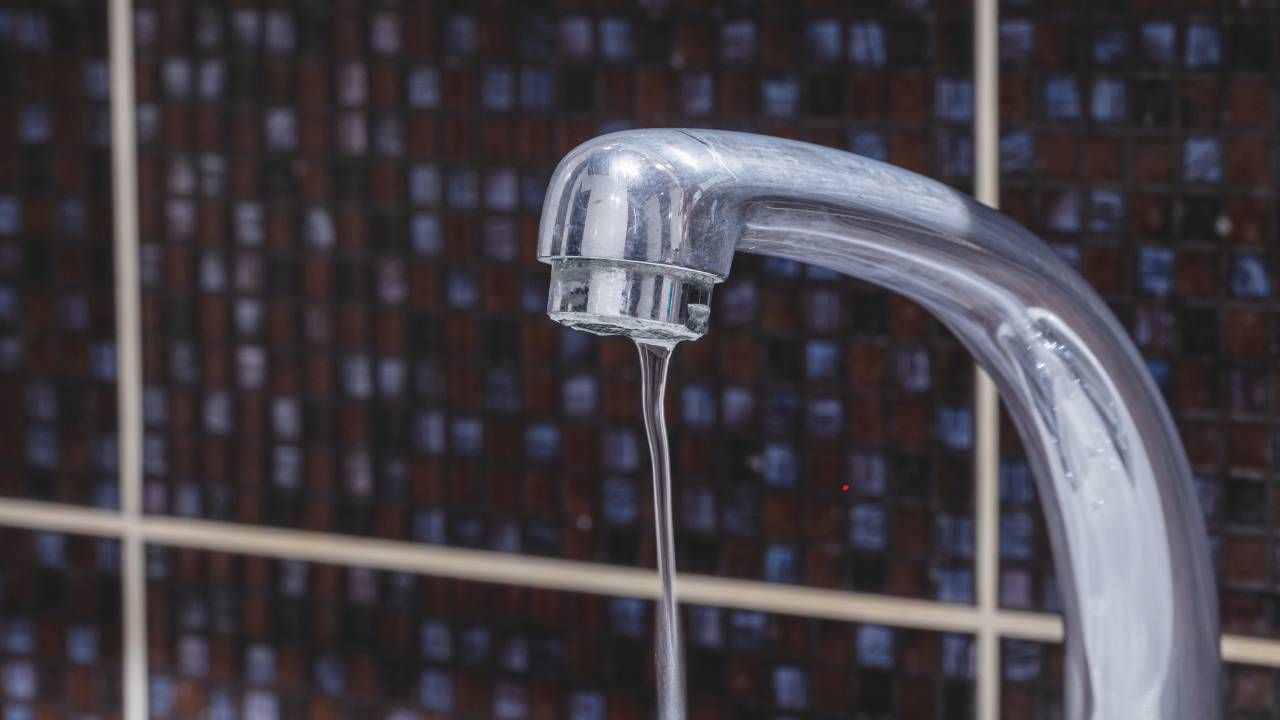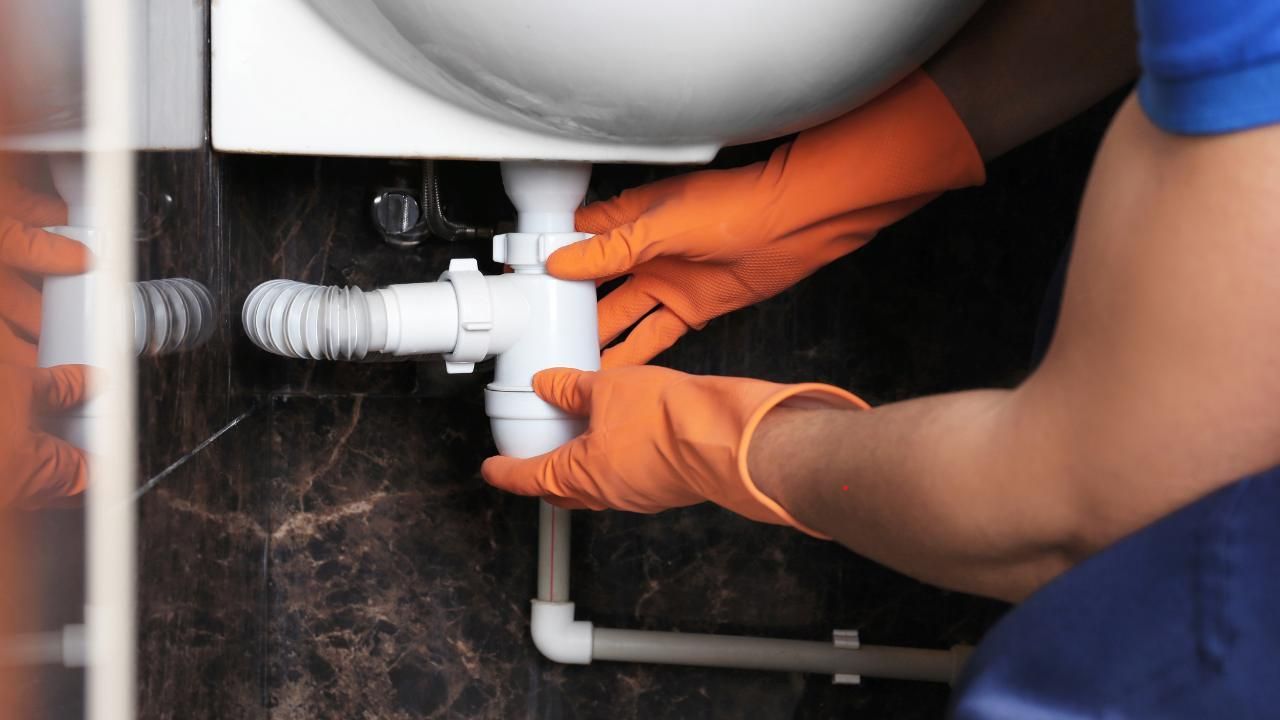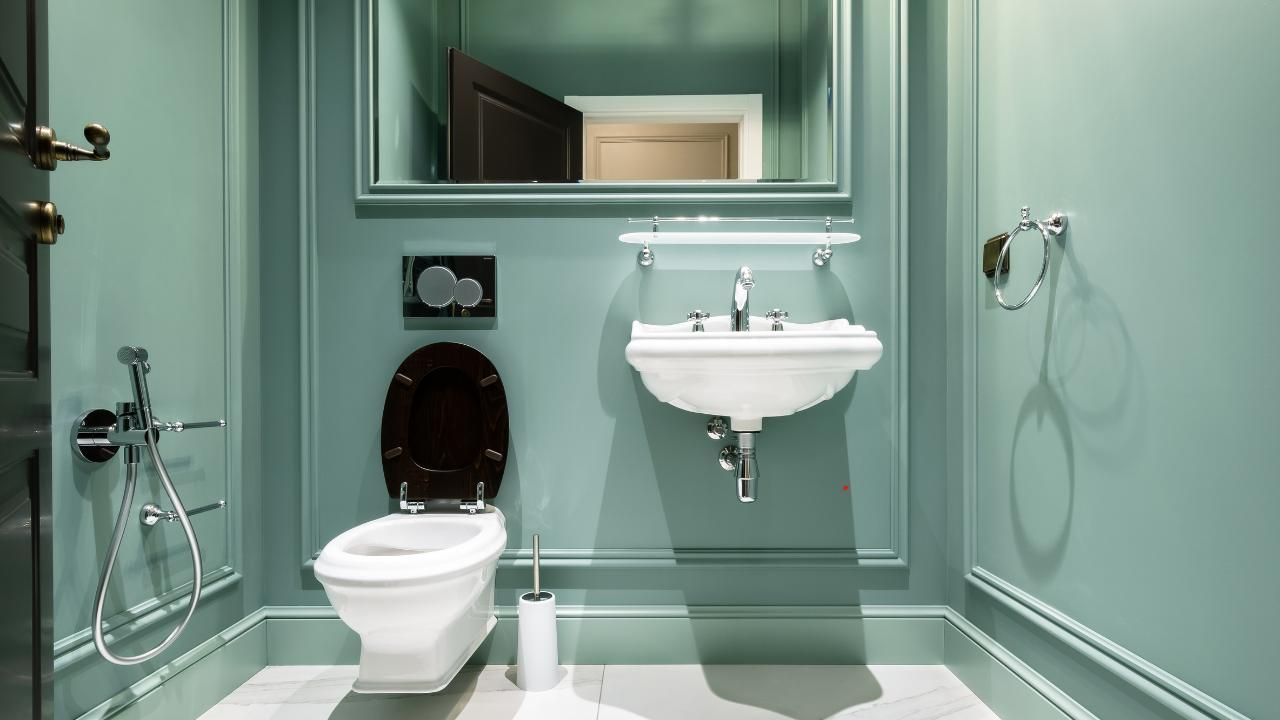When Your Bathroom Sink Won’t Drain: Step-by-Step Fixes

There’s nothing more frustrating than standing over a sink full of dirty water that just won’t go down. A clogged bathroom sink is more than just an inconvenience—it’s a sign that something deeper might be wrong. But before you call in the plumbing pros, there are a few simple steps you can take to fix it yourself.
In this guide, you’ll learn how to identify the source of the problem, try safe DIY solutions, and recognize when it’s time to call a plumber.
What’s Causing the Clog?
Most bathroom sink clogs are caused by the same culprits:
- Hair buildup
- Soap scum
- Toothpaste residue
- Foreign objects (like jewelry, floss, or cotton swabs)
Over time, these materials collect in the drain or trap under your sink, slowing and eventually blocking the flow of water.
Step-by-Step Fixes to Try at Home
1. Boiling Water Flush
Start with the simplest solution: boiling water. This can help dissolve soap scum or loosen greasy buildup.
How to do it:
- Boil a full kettle or pot of water.
- Carefully pour it directly down the drain in stages.
- Wait a few minutes to see if the water drains more quickly.
Note: Avoid this method if you have PVC pipes, as extreme heat could cause damage.
2. Use a Plunger
A small sink plunger can dislodge soft clogs near the drain.
Instructions:
- Remove the sink stopper.
- Fill the sink with enough water to cover the plunger’s base.
- Plunge with quick, firm motions.
- Repeat a few times and test the drain.
If plunging works, you’ll hear the satisfying whoosh of water moving through.
3. Clean the Stopper
Sink stoppers collect a surprising amount of gunk—especially hair and toothpaste.
What to do:
- Twist or pull the stopper to remove it (you might need to loosen the pivot rod underneath the sink).
- Clean it thoroughly and check for visible blockage inside the drain.
4. Use a Zip-It Tool or Drain Snake
If boiling water and plunging don’t work, try a basic drain-cleaning tool.
- Insert the plastic Zip-It or snake into the drain.
- Jiggle it around and pull it out to remove hair or buildup.
- Repeat as needed until the drain is clear.
5. Check the P-Trap
The curved pipe under your sink (called the P-trap) can collect debris.
How to clean it:
- Place a bucket under the trap to catch water.
- Unscrew the trap carefully using your hands or a wrench.
- Clear out any buildup inside.
- Reattach and test the drain.
When to Call in the Pros
If you’ve tried all the above and your bathroom sink still won’t drain, it’s time to bring in expert help. A deep or persistent lavatory sink clog might point to more serious issues in your plumbing system—especially if you notice slow drains throughout your home.
For trusted help with Commerce City CO plumbing repairs, reach out to a reliable service like Fast Trak Plumbing and Drain. Their team has the tools and experience to tackle tough clogs and make sure your plumbing is running smoothly again.
Quick Case Study: A Persistent Sink Clog Solved
Rachel, a homeowner in Commerce City, spent two days battling a clogged bathroom sink with no luck. After trying every DIY trick—boiling water, plunging, even snaking the drain—nothing worked. She called Fast Trak Plumbing and Drain, who discovered a small toy lodged deep in the drain pipe. Within 30 minutes, the blockage was cleared, and her sink was draining like new.
Don’t Wait for a Plumbing Disaster
Ignoring a slow or clogged drain can lead to bigger problems down the line. Taking action early—either with DIY steps or professional help—can save you time, money, and frustration.




